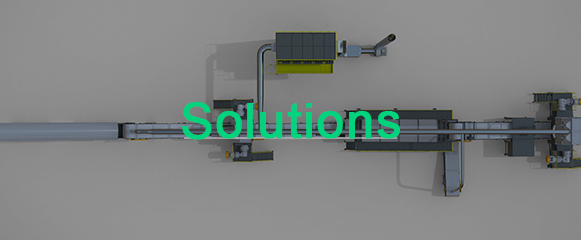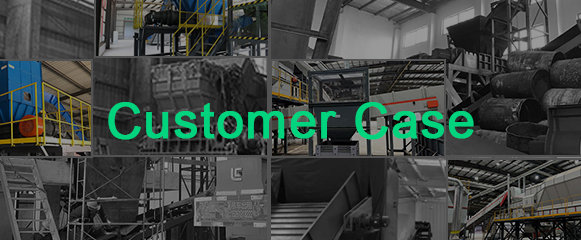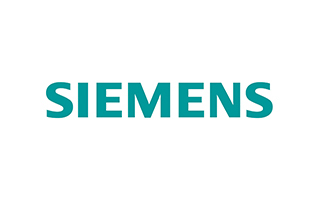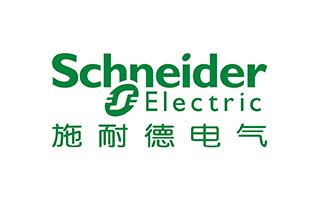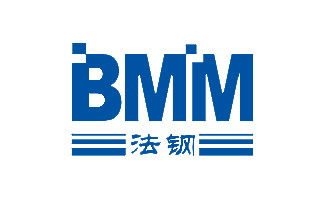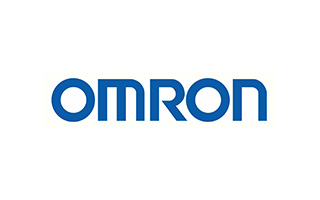Open the key plugging point of power battery recycling
China's power battery technology and structural innovation emerge in an endless stream. It is necessary to coordinate the current and long-term, and build a long-term mechanism conducive to high-quality circular development. Speed up the improvement of power battery green manufacturing, recycling and pollution prevention and control standards system.
With the large-scale popularization of electric vehicles in China, the recycling and utilization of decommissioned power batteries has received widespread attention. Since November, the price of lithium carbonate has reached a new high of 600,000 yuan/ton, and the recycling of power batteries is more urgent. Recently, the Ministry of Industry and Information Technology to be announced in line with the comprehensive utilization of waste power battery industry standard list of enterprises (the fourth batch) for public comment. 41 enterprises were included in the "white list", and the "regular army" of power battery recycling was further expanded.
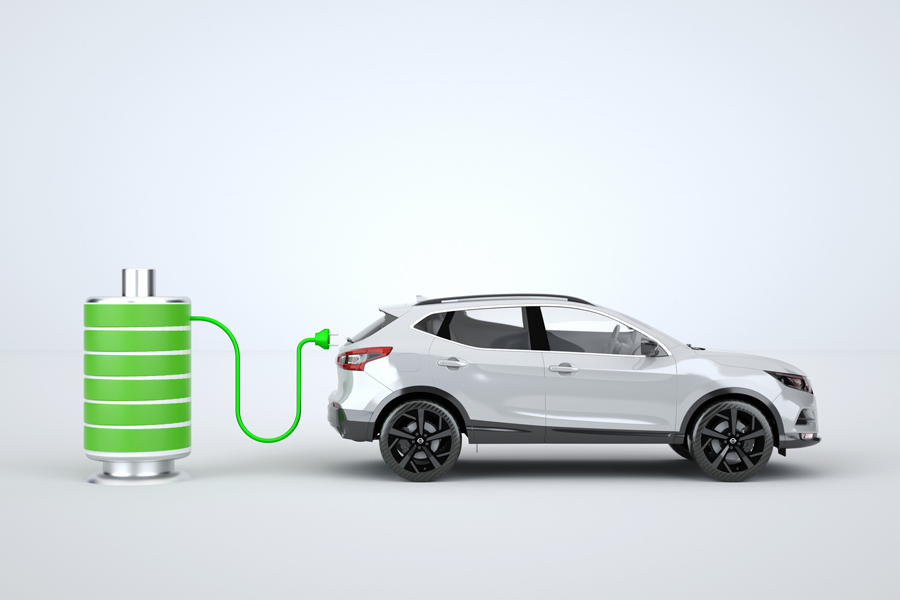 China's power battery recycling has a broad market space, which can bring significant contributions to the high-quality development of the industry, pollutant emission reduction and supply chain security. According to the data of China Automotive Technology Research Center, more than 320,000 tons of power batteries will be retired in 2021, and it is expected to increase to 780,000 tons in 2025. Improving the level of green recycling and efficient utilization of decommissioned power batteries is conducive to promoting the recycling of battery metal raw materials, reducing the dependence on imports of key metals such as cobalt, nickel, and lithium, and reducing potential ecological and environmental risks; Give full play to the role of power battery energy storage and peak load balancing, and realize the efficient use of energy echelons; We will strengthen the power battery recycling industry and foster new green growth drivers.
China's power battery recycling has a broad market space, which can bring significant contributions to the high-quality development of the industry, pollutant emission reduction and supply chain security. According to the data of China Automotive Technology Research Center, more than 320,000 tons of power batteries will be retired in 2021, and it is expected to increase to 780,000 tons in 2025. Improving the level of green recycling and efficient utilization of decommissioned power batteries is conducive to promoting the recycling of battery metal raw materials, reducing the dependence on imports of key metals such as cobalt, nickel, and lithium, and reducing potential ecological and environmental risks; Give full play to the role of power battery energy storage and peak load balancing, and realize the efficient use of energy echelons; We will strengthen the power battery recycling industry and foster new green growth drivers.
However, at present, the overall recycling of power batteries in China is still in its initial stage of development, and there are still shortcomings in technical equipment, business models, and policy systems. For example, the battery detection and screening technology is not mature, the automation level of echelon utilization is not high enough, and the recycling process is not perfect in terms of reducing costs, improving lithium recovery, and realizing zero waste water discharge. For example, the power battery recycling network is not yet perfect, and many waste batteries flow into small workshops, bringing safety and environmental protection risks. In addition, a sustainable business model suitable for national conditions has not yet been established, and the integration of battery recycling and new energy storage, communication base stations, low-speed trams and other industries is still being explored. Relevant regulations and standards need to be improved, and standards such as retired battery consistency and automated dismantling lag behind.
Power battery recycling involves the upstream and downstream links of the industrial chain, and is a complex system project. It is necessary to promote multi-stakeholder interaction and leverage the joint efforts of enterprises, governments and society. Decommissioned power batteries are not simple waste, but important resources to be mined and utilized. It is necessary to stimulate the driving force of the market players, guide the effective cooperation of battery manufacturers, automobile manufacturers, and third-party recycling enterprises, and open up the blue ocean market for battery recycling. Improve government supervision, and ban all kinds of small workshops and black workshops according to law. Strengthen social publicity, encourage public supervision, and form a social consensus on the green recycling of batteries.
It is necessary to pay attention to more power and open the key blocking points of power battery recycling. At present, the focus is on cracking the outstanding bottlenecks facing green recycling and high-value utilization. We should strengthen the research and development of cutting-edge battery technology, reflect the concept of green and low-carbon development in the whole process of product design, production, use, and waste, and constantly reduce the environmental impact and carbon footprint of battery products. Strengthen the integration and innovation of power batteries with renewable energy and smart grids, and actively expand innovative applications in energy storage and power exchange. Vigorously develop green recycling and pollution prevention and control technologies, and realize the high-value and green recycling of valuable elements of decommissioned power batteries.
It is necessary to strengthen multiple measures at the same time and improve the long-term mechanism of incentives and constraints. China's power battery technology and structural innovation emerge in an endless stream, and it is necessary to coordinate the current and long-term, and build a long-term mechanism conducive to high-quality circular development. Speed up the improvement of power battery green manufacturing, recycling and pollution prevention and control standards system. Improve the extended producer responsibility system and encourage the use of industrial alliances or cooperation with third parties to fulfill the responsibility for recycling and reuse. We will introduce price policies to encourage decommissioned power battery energy storage power stations to participate in power peaking, and increase green financial support for innovative models such as "battery banks".


